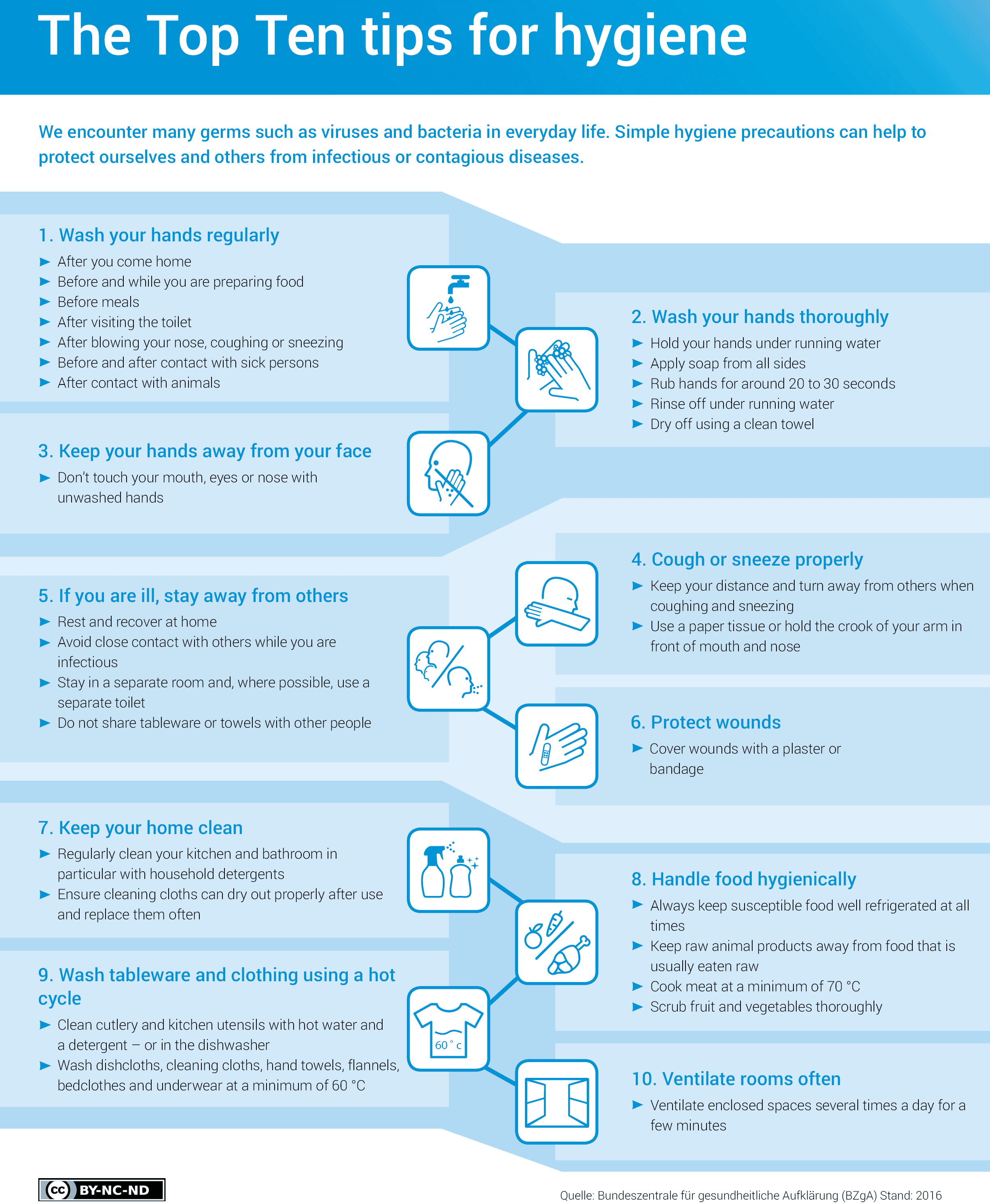How to slow down the rapid transmission increase of infectious disease?
When diseases spread unhindered, many people will fall ill in a short time, hospitals will become overcrowded and medical care will collapse
By adapting our behaviour – staying at home as much as possible, experts also speak of “social distancing” – we can help the virus spread more slowly.
In this way, every citizen can make a contribution to saving human lives and also to protecting the elderly and people with previous illnesses who are more affected by the diseases than anyone else.
Maintaining good hygienic habits (washing your hands properly, coughing and sneezing) remains extremely important.

Respiratory tract infections can be transmitted in various ways
Through drip infection. Transmission through the air
Pathogens of respiratory diseases are transmitted by droplet infection. For example, when a person suffering from flu sneezes, coughs or speaks, he or she sprays countless viruses in tiny droplets of saliva. In this way the viruses are released into the air and can then be inhaled by a healthy person (so-called aerogenic transmission). Inhaling water contaminated with Legionella in the form of atomized water droplets, e.g. when showering, taking a steam bath or taking fun baths, in air conditioning systems, through lawn sprinklers or in whirlpools, can also lead to Legionnaires’ disease, pneumonia.
Other transmission possibilities. By smear infection
On the other hand, one can be infected by a smear infection. The main means of transporting the pathogen are the hands: For example, if a sick person blows his nose or sneezes into his hand, the virus is also transmitted to the hands. From there, the pathogen can migrate to a healthy person. For example, when shaking hands or via a shared object such as a door handle, handrail or keyboard. If the hands are then brought to the face, the pathogen of respiratory tract infections can enter the body via the mucous membranes of the mouth, eye or nose.
Also through direct contact such as kissing and hugging, colds or the flu and especially bacterial diseases are transmitted from person to person. Often just a few pathogens are enough to become infected.
What can we do to protect others and ourselves against infectious diseases?
Here you can find the “Hygiene tips” pictograms with the 10 most important hygiene tips for protection against infectious diseases. Please read this tips carefully.

Source: Bundeszentralle für gesundheitliche Aufkläreung BZgA Stand 2016 (CC BY-NC-ND)
0 responses on "Understanding the global spread of infectious diseases"